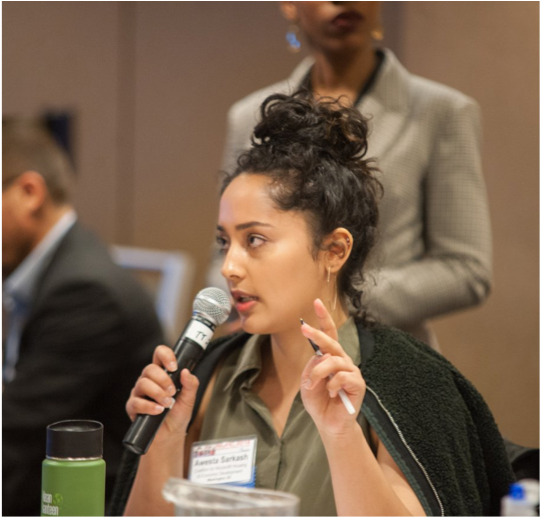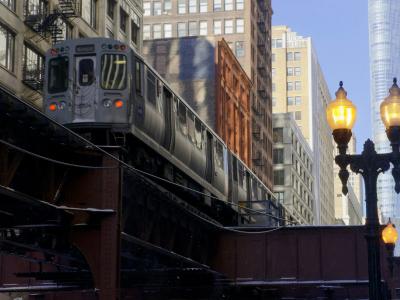-
State Data Overview
Across North Dakota, there is a shortage of rental homes affordable and available to extremely low income households (ELI), whose incomes are at or below the poverty guideline or 30% of their area median income (AMI). Many of these households are severely cost burdened, spending more than half of their income on housing. Severely cost burdened poor households are more likely than other renters to sacrifice other necessities like healthy food and healthcare to pay the rent, and to experience unstable housing situations like evictions.
KeyFacts29,415Or24%Renter households that are extremely low income-11,224Shortage of rental homes affordable and available for extremely low income renters$31,830Average income limit for 4-person extremely low income household$40,501Annual household income needed to afford a two-bedroom rental home at HUD's Fair Market Rent.63%Percent of extremely low income renter households with severe cost burden -
State Level Partners
NLIHC Housing Advocacy Organizer
 State Partners
State PartnersNorth Dakota Coalition for Homeless People
PO Box 14881
Grand Forks, North Dakota 58208
701-428-2481Sue Shirek, Chair
[email protected]Become an NLIHC State Partner
NLIHC’s affiliation with our state coalition partners is central to our advocacy efforts. Although our partners' involvement varies, they are all housing and homeless advocacy organizations engaged at the state and federal level. Many are traditional coalitions with a range of members; others are local organizations that serve more informally as NLIHC's point of contact.
Inquire about becoming a state partner by contacting [email protected]

-
Housing Trust FundHTF Implementation Information
NLIHC continues working with leaders in each state and the District of Columbia who will mobilize advocates in support of HTF allocation plans that benefit ELI renters to the greatest extent possible. Please contact the point person coordinating with NLIHC in your state (below) to find out about the public participation process and how you can be involved. Email Thaddaeus Elliott with any questions.
Current Year HTF Allocation$2,982,433
HTF State Resources2020
Draft HTF Allocation Plan (PDF)
2019
Draft 2019 HTF Allocation Plan (PDF)
2019 HTF Project List (PDF)
2018
2018 HTF Project Award List (PDF)
Draft 2018 HTF Allocation Plan (PDF)
2017
2017 HTF Project Award List (PDF)
2017 HTF Allocation Plan 10/5 (PDF)
Draft 2017 HTF Allocation Plan 6/19 (PDF)
Draft 2017 HTF Allocation Plan 3/27 (PDF)
Applications Due by September 29, 2017 (PDF)
2016
2016 HTF Project Award List (PDF)
HUD Approved HTF Allocation Plan (PDF)
List of applications for 2016 HTF funds (PDF)
Draft HTF Allocation Plan by North Dakota Housing Finance Agency (PDF)
State Designated EntityState Entity Webpage
North Dakota Housing Finance AgencyOfficial Directly Involved with HTF ImplementationJennifer Henderson
Community Housing and Grants Management Director
701-328-8085
[email protected]Joseph Fink
[email protected]NHTF-specific pages
Housing Trust Fund
Annual Action Plan -
ResourcesResources
Housing Profiles
State Housing Profile
State Housing Profile: North Dakota (PDF)
Congressional District Housing Profile
Congressional District Profile: North Dakota (PDF)
Research and Data
National Housing Preservation Database
The National Housing Preservation Database is an address-level inventory of federally assisted rental housing in the United States.
Out of Reach: The High Cost of Housing
Out of Reach documents the gap between renters’ wages and the cost of rental housing. In North Dakota and Nationwide
The Gap: A Shortage of Affordable Rental Homes
The Gap represents data on the affordable housing supply and housing cost burdens at the national, state, and metropolitan levels. In North Dakota and Nationwide
Other Links
Explore Other States
